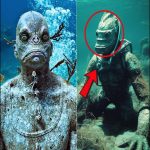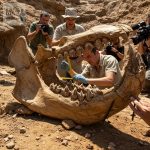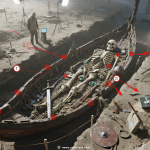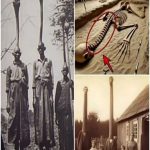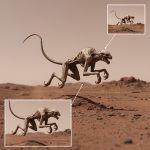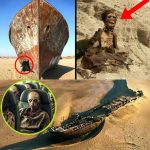Humans and Mythical Beasts: Unearthed Secrets
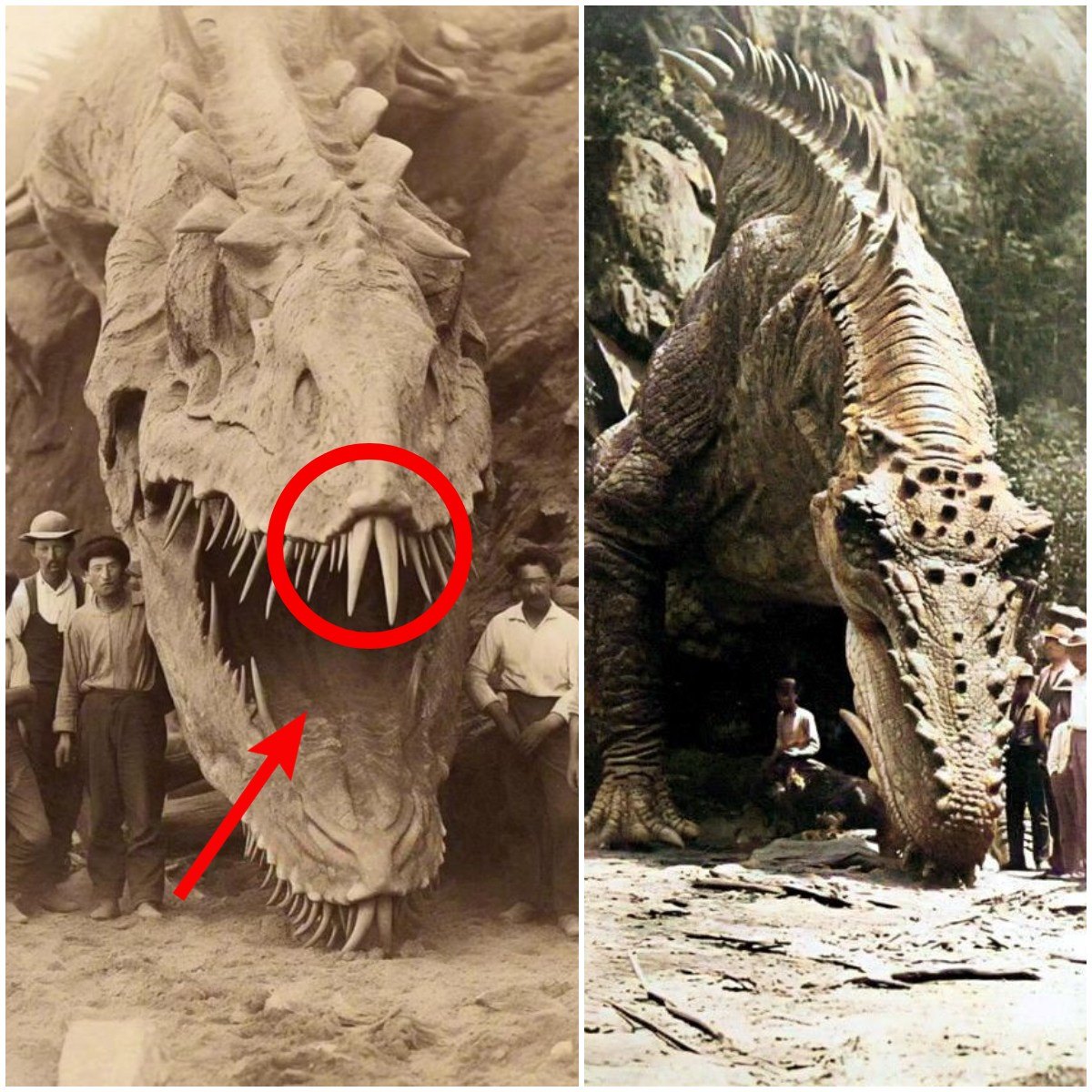
A groundbreaking archaeological excavation has unveiled astonishing evidence suggesting that humans may have once coexisted with creatures long regarded as purely mythical. Skeletal remains, ancient cave paintings, and peculiar artifacts hint at interactions with legendary beasts such as dragons, griffins, and other extraordinary creatures. These discoveries challenge conventional understandings of history and mythology, blurring the line between legend and reality.
The Excavation and Findings

Researchers conducting digs in a remote, previously unexplored region have uncovered skeletal structures unlike any known species, alongside human remains positioned in proximity. The bones suggest creatures of enormous size, with anatomical features that have led some scientists to draw parallels to creatures described in myths and folklore.
In addition to skeletal evidence, cave paintings depict scenes of humans alongside massive, winged, or serpentine creatures. The artwork, remarkably well-preserved, provides cultural and symbolic context, illustrating the ways early humans may have perceived, interacted with, or even revered these beings. Some artifacts, including engraved tools, amulets, and ritual objects, bear unusual motifs resembling these mythical creatures, further supporting the possibility that legends were inspired by actual encounters.
Implications for History and Mythology
If verified through DNA testing, radiocarbon dating, and forensic analysis, these findings could radically alter our understanding of human history. The coexistence of humans with such extraordinary creatures would imply previously unknown ecological niches and evolutionary pathways. It would also suggest that many myths, long dismissed as pure fantasy, may contain kernels of historical truth preserved through oral storytelling and symbolic representation.

This discovery invites a reevaluation of mythology not merely as imaginative fiction but as a potential reflection of human encounters with extraordinary beings. Ancient cultures frequently incorporated mythical creatures into rituals, art, and literature. These new findings suggest that some of those narratives might have been grounded in real observations, now immortalized through artistic and cultural expression.
Scientific Investigations
Teams of anthropologists, paleontologists, and geneticists are currently conducting DNA extraction, isotopic analysis, and carbon dating to determine the age, origin, and potential species classification of the remains. Early examinations reveal bone structures and chemical compositions that do not match known terrestrial species, prompting cautious excitement within the scientific community.
Analyses of associated artifacts and cave paintings provide additional insight into cultural practices, belief systems, and the symbolic significance of these creatures to ancient humans. Together, the data could shed light on the ecological, spiritual, and social environments of early civilizations, offering a holistic understanding of their interaction with these extraordinary beings.
Conclusion
The unearthing of skeletal remains, artifacts, and cave paintings depicting humans alongside mythical beasts is a discovery of immense significance. By potentially bridging the realms of legend and reality, it challenges long-held assumptions about human evolution, ecology, and the origins of mythology. As scientists continue to investigate, this revelation could rewrite our understanding of the past, proving that myths may carry echoes of forgotten truths, preserved in the stories, art, and artifacts of ancient civilizations. Humanity’s story—and its relationship with extraordinary creatures—may be far more complex than previously imagined.


